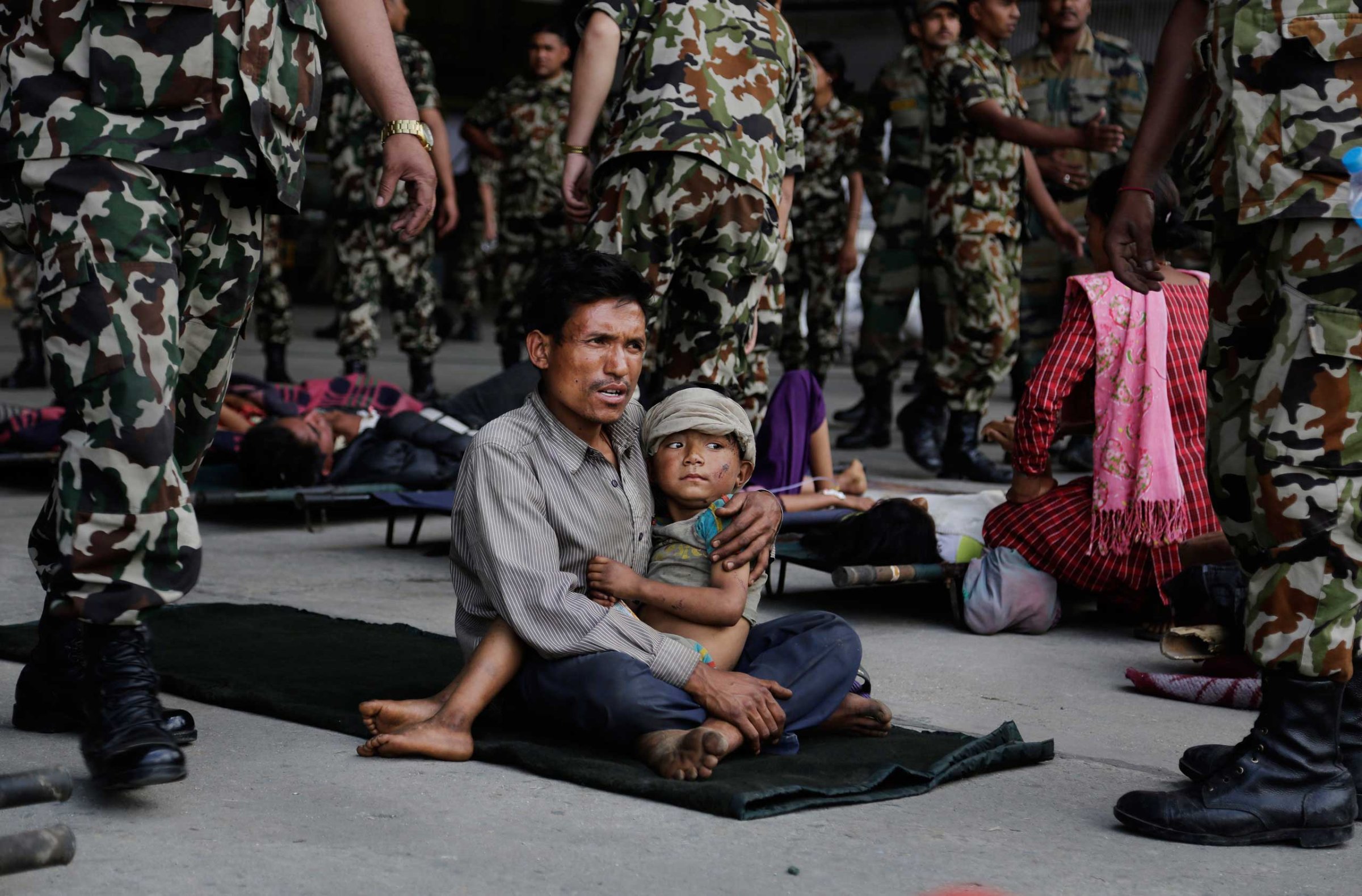
In remote mountain villages near the epicenter of Saturday’s massive earthquake in Nepal, receiving outside help has become a matter of life or death.
The Himalayan nation is reeling from the magnitude 7.8 earthquake that struck 50 miles outside the capital, Kathmandu, and as of Monday afternoon had left at least 4,000 people dead. The country’s worst quake in 81 years has severely damaged Nepal’s already fragile infrastructure and aftershocks sent thousands into the streets.
Countries around the world have pledged millions in assistance and some are already on the ground helping with rescue efforts and dispersal of aid. Altaf Qadri, an Associated Press photographer, is shadowing India’s Air Force as it brings relief to survivors.
Qadri was supposed to cover the arrival of evacuated Indian nationals by the Air Force in New Delhi, but while on base, he met with other journalists who were lobbying officials to fly them into Nepal. With all commercial flights from New Delhi to Kathmandu canceled, he said, there was no way to fly there without their help.
He called his editors, who told him to board an Antonov An-32 military transport aircraft that was carrying supplies and stretchers to Kathmandu via Allahabad, in India’s northeast. After a failed attempt on Sunday, they landed in Nepal on Monday morning.
The photographer was then handed authorization to follow the relief mission aboard a Mil Mi-17 helicopter to Trishuli Bazar, a town that is two hours north of Kathmandu by road. “A few small landslides have blocked the road leading to this place,” he tells TIME. “Many of the houses in the hills [have] collapsed, and the injured are in a bad situation.”
The flight time was about half an hour. “As soon as we approached the village to land, people started gathering around the helicopter,” he says. “There were local volunteers in green T-shirts also in the crowd, which made a ring around helicopter to stop people [from coming] near the rotors.”
The Indian soldiers, joined by Nepalese troops, unloaded rice bags and other supplies before evacuating nine injured survivors to Kathmandu, where he captured the heart-wrenching image of a Nepalese mother trying to catch up with an Indian soldier. “[He] was rushing a wounded and unconscious child to a waiting ambulance at the Kathmandu airport,” Qadir says.
It’s a scene that is likely to unfold over and over again as the country digs out.
Mikko Takkunen, who edited this photo essay, is an Associate Photo Editor at TIME. Follow him on Twitter @photojournalism.
Read next: How Facebook Is Helping Emergency Responders in Nepal
Listen to the most important stories of the day.
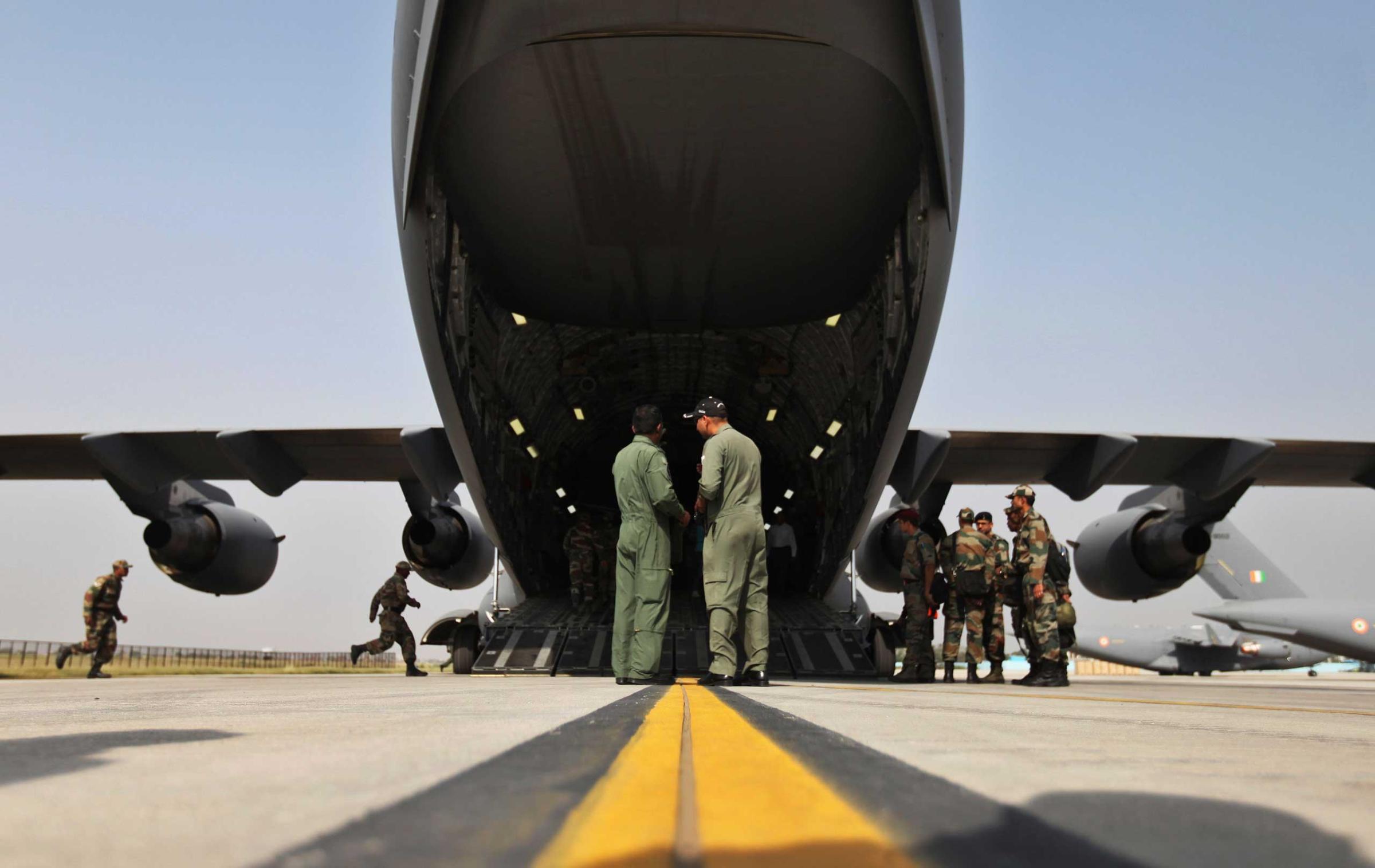



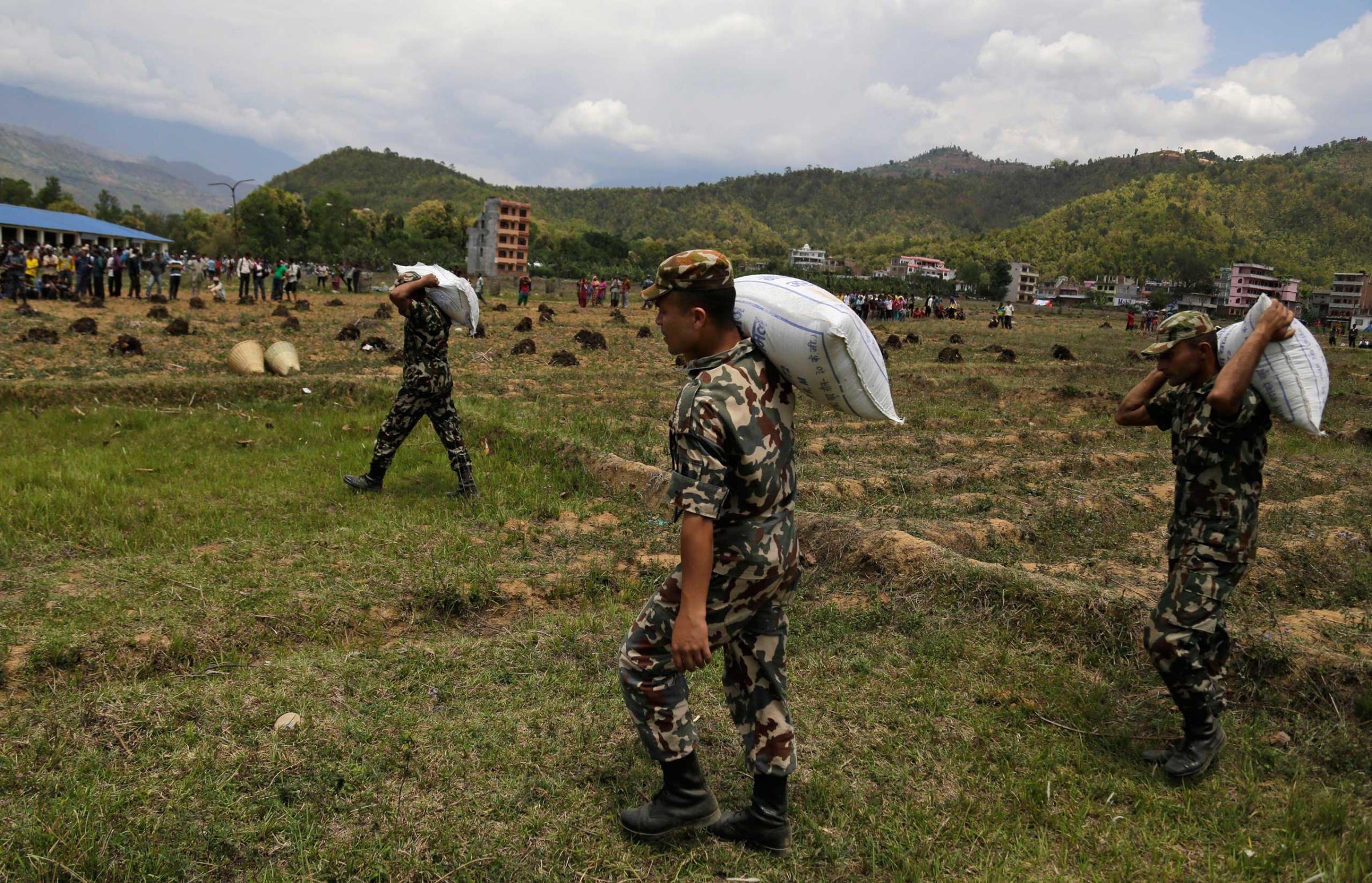
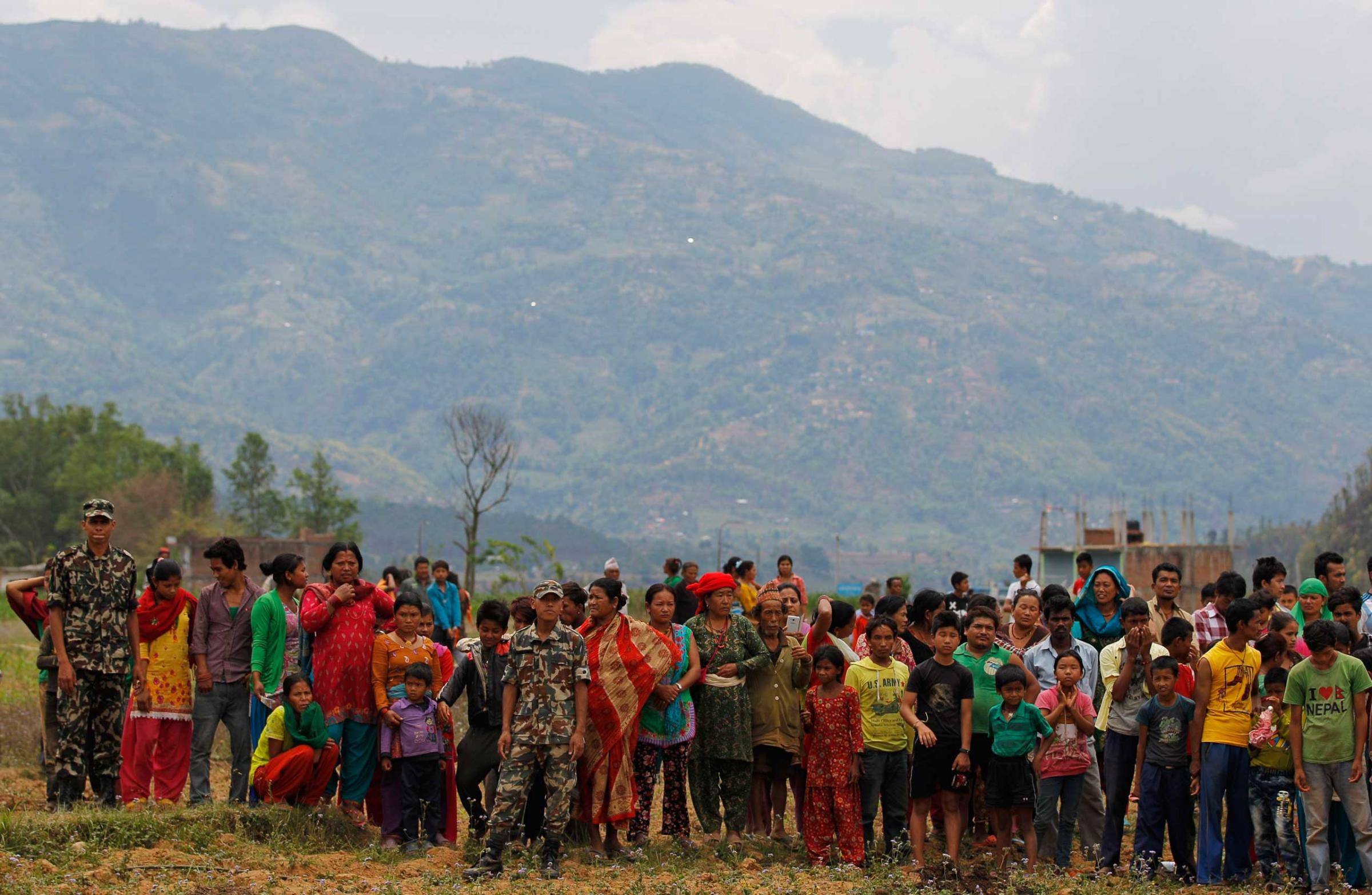

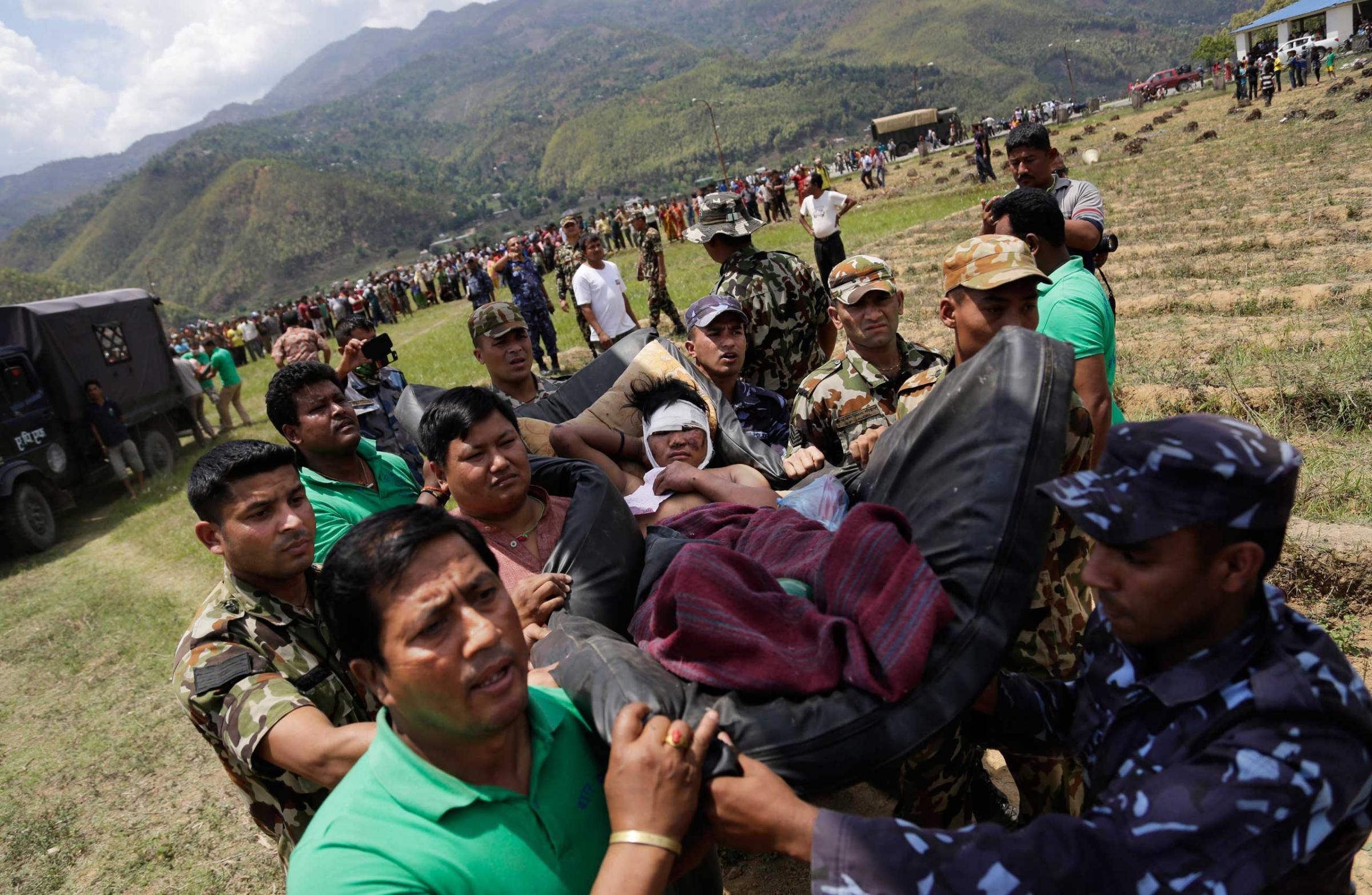
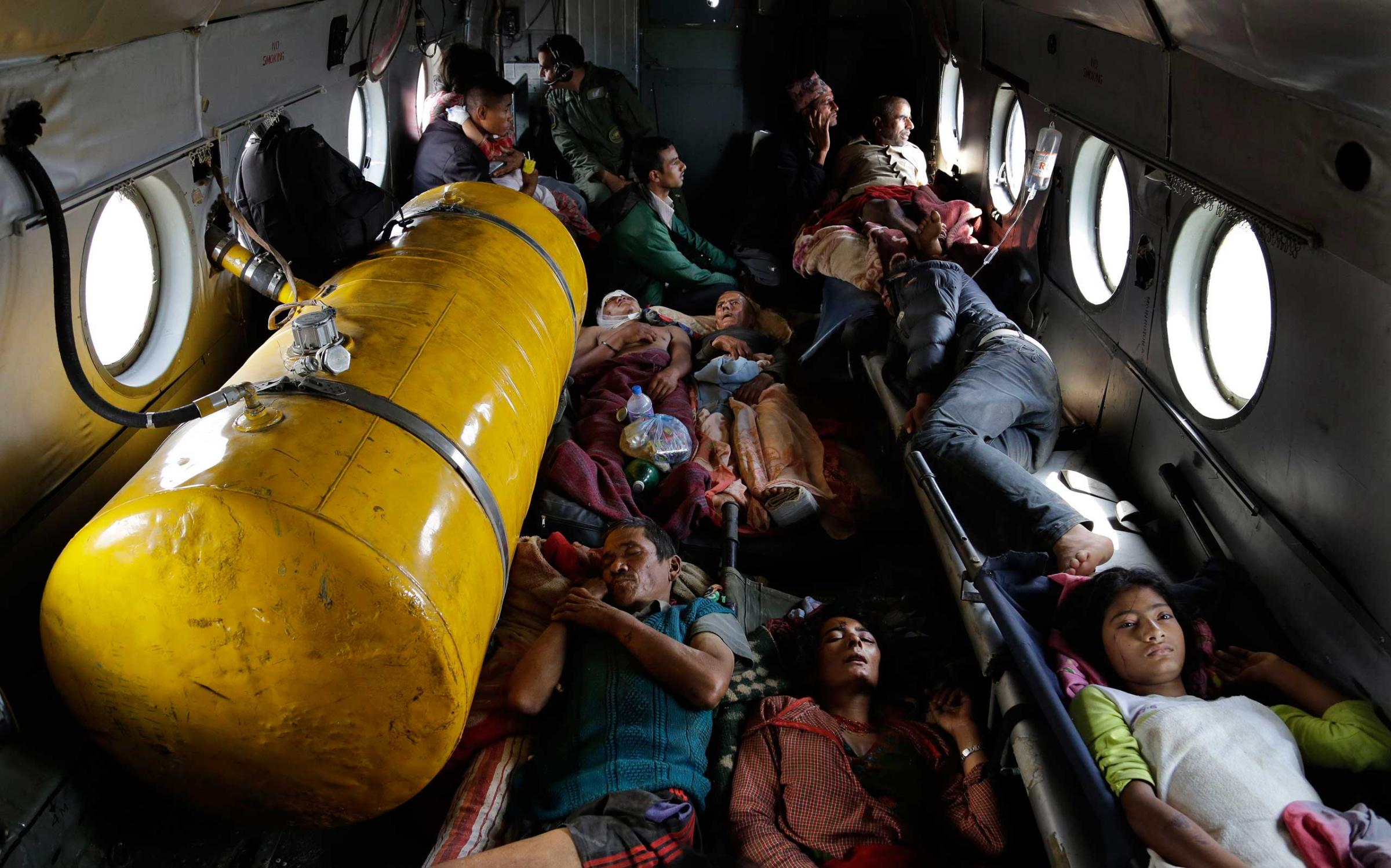

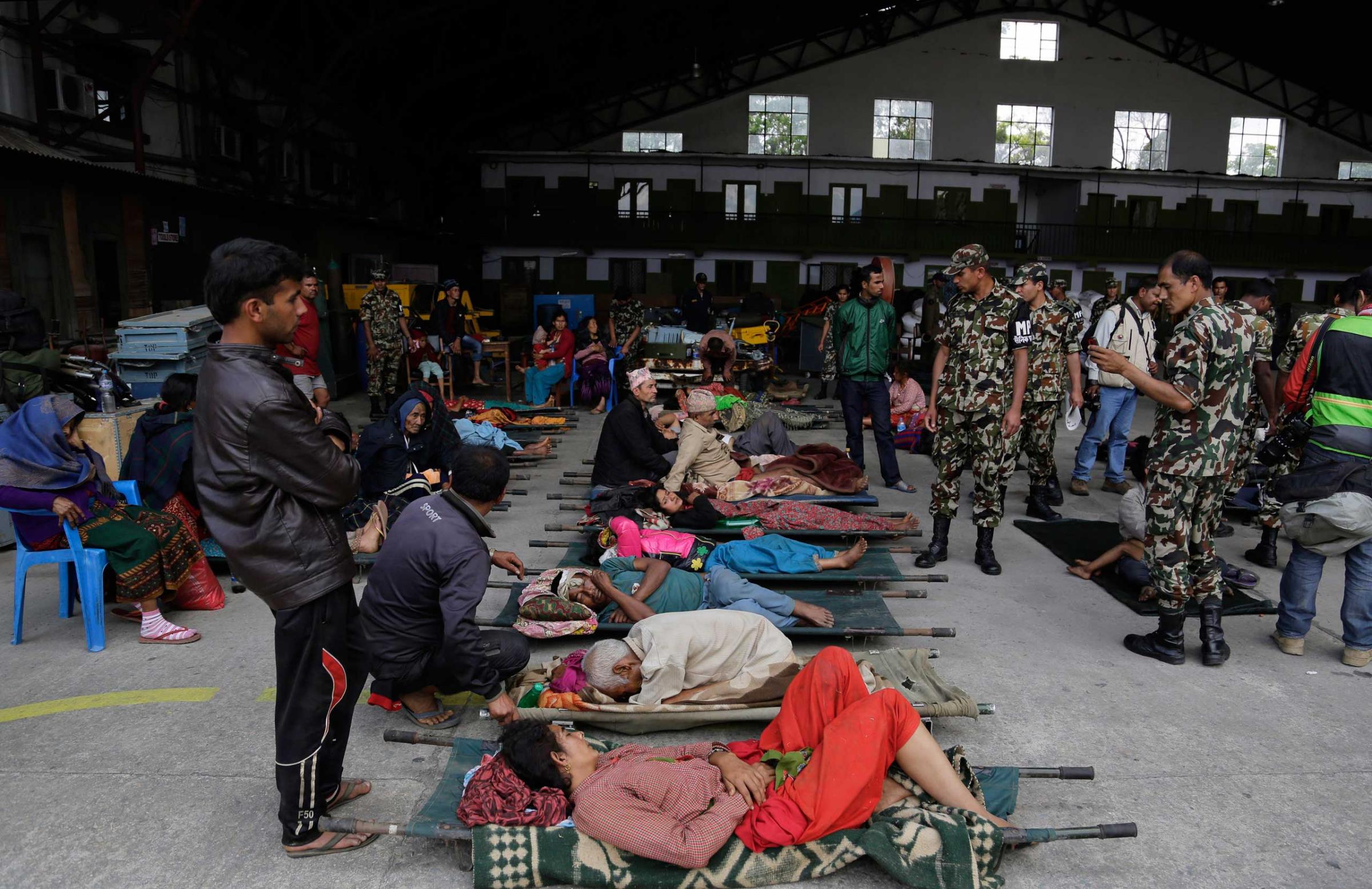
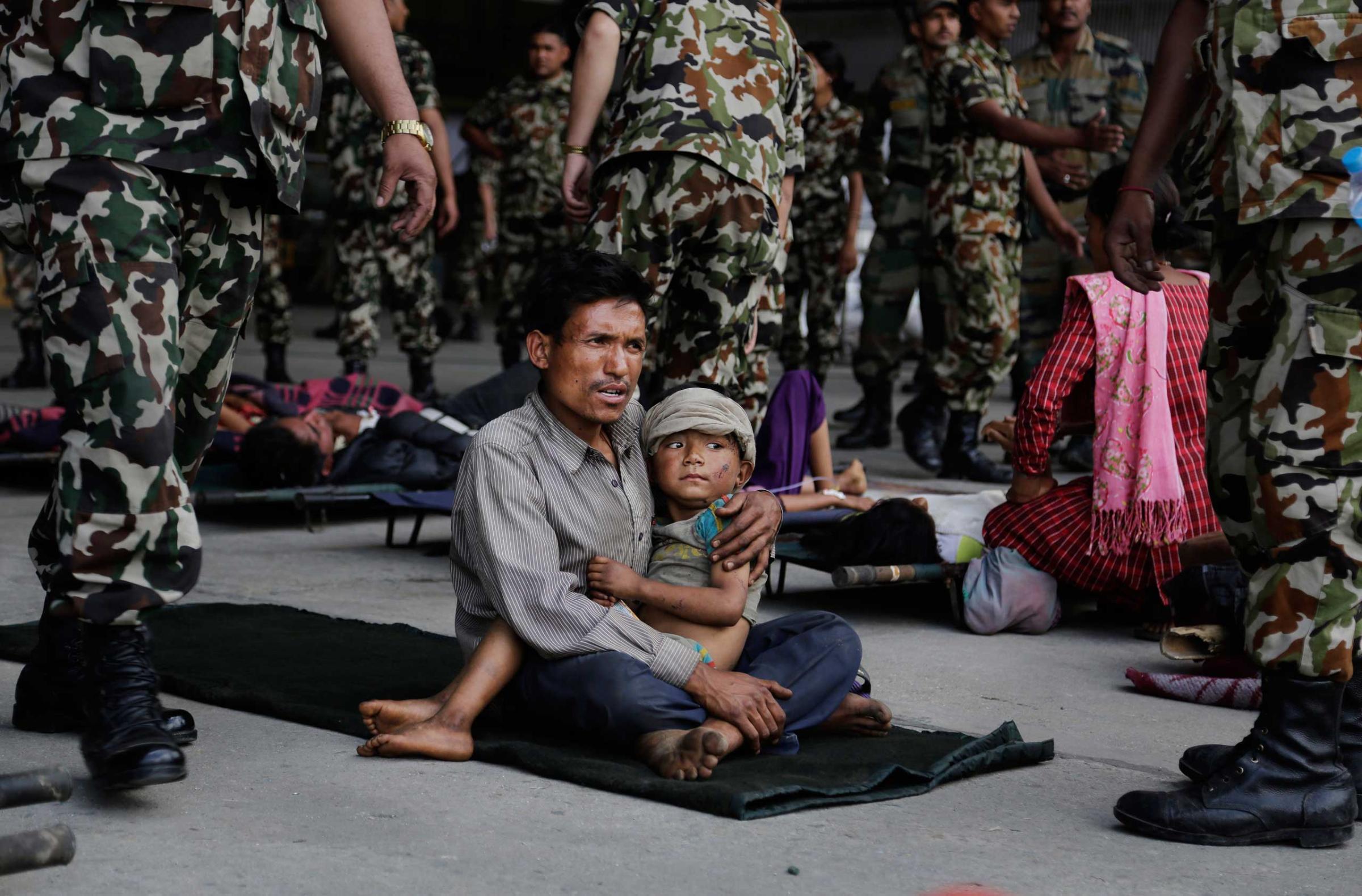
More Must-Reads from TIME
- Why Trump’s Message Worked on Latino Men
- What Trump’s Win Could Mean for Housing
- The 100 Must-Read Books of 2024
- Sleep Doctors Share the 1 Tip That’s Changed Their Lives
- Column: Let’s Bring Back Romance
- What It’s Like to Have Long COVID As a Kid
- FX’s Say Nothing Is the Must-Watch Political Thriller of 2024
- Merle Bombardieri Is Helping People Make the Baby Decision
Contact us at letters@time.com